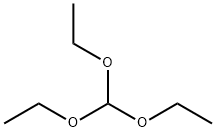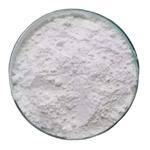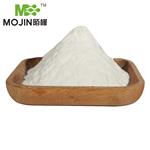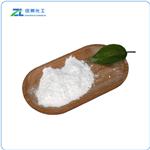Description
Formamidine acetate is an anti-tuberculosis drug that belongs to the class of aminoglycosides. It has been shown to have a potent cytotoxic effect on malignant brain cells in vitro. It inhibits bacterial growth by binding to DNA-dependent RNA polymerase, thereby preventing transcription and replication. The high frequency of human activity has been shown using a patch-clamp technique on human erythrocytes. This active form is metabolized through a number of metabolic transformations, including hydrolysis by esterases or glucuronidases, oxidation by cytochrome P450 enzymes, reduction by glutathione reductase, or conjugation with glucuronic acid. It also specifically binds to markers expressed at high levels in Mycobacterium tuberculosis strains (e.g., ESX-1 secretion system protein) and inhibits cell growth in culture.
Chemical Properties
white to light yellow crystalline powder
Uses
Formamidine acetate salt is widely used in the preparation of formamidinium lead triiodide (FAPbI
3) perovskites for perovskite solar cells. It is also used in the synthesis of formamidinium lead bromide nanocrystals for use as emitters in display applications.
Uses
Formamidine acetate is used as an intermediate in the synthesis of active pharmaceutical ingredients. It is also used as a condensing agent for the preparation of pyrimidine and imidazole heterocycles.
Purification Methods
Unlike the hydrochloride, the acetate salt is not hygroscopic. It is recrystallised from a small volume of acetic acid, by addition of EtOH and the crystals are washed with EtOH then Et2O and dried in a vacuum. [Taylor et al. Org Synth 46 39 1966, Beilstein 2 IV 82.]






